It is a sort of software testing type which validates entire software from starting to end along with its integration with external devices. The purpose of end-to-end testing is testing entire software for dependencies, data integrity and communication with other systems, interfaces and databases to exercise the total production with the software system. It also validates batch/data processing from other upstream/downstream systems. Therefore it is called end-to-end testing. It is usually executed after the functional testing and system testing. It uses production like data and test environment to simulate real-time settings. This testing is also called as chain testing.
Why we need end-to-end testing?
End-to-End testing verifies the whole system flow and increases confidence by recognizing issues and increases Test Coverage of subsystems. Modern software systems are complex and interconnected with multiple subsystems that may differ from current system. The entire system can collapse by failure of any subsystem that is major risk which can be avoided by End-to-End testing.
The End-to-End process
The activities which are involved in End-to-End testing are:
- Studying of end-to-end testing requirements.
- test environment setup and hardware/software requirements.
- describing all the systems and its subsystems processes.
- It describes the roles and responsibilities for all the systems.
- Testing process and standards.
- End-to-End system requirements tracking and designing of test cases.
- Input and output data from every system.
Consider an example e-commerce website,
When we are searching for a particular product, say we want an iphone. We go to mobiles in the search option and click the required model, check for the delivery at area by giving the zip code. Then add the product to the cart, check whether the same product along with the price has occurred in the cart by opening it. Then checking with payment option by card or delivery and further processing of it. Like this, we will test end to end in the website from the moment we select the product until we buy.
Metrics of end-end testing:
The following are the metrics used for end-end testing:
- Test case preparation status- It gives test case preparation progress against planned.
- Weekly Test Progress- Provides week wise details of percentage test completion-failed, not executed and executed against planned for execution tests.
- Defects status and details- It provides percentage of open and closed defects by week. Week-wise defects distribution based on severity and priority.
- Environment Availability- The total number of hours “up”/may be total number of hours scheduled per day for testing.
The benefits of end-end testing are:
- It expands test coverage
- It make sure the correctness of the application
- Reduce time to market.
- It reduces the cost
- It detects bugs.
End-end testing appeals to many groups like:
- Developers- Developer benefits from it because, most of the testing is offloaded to others.
- Testers- Testers finds it useful because writing tests that verify real-world behaviour help them avoid problems and achieve a greater sense of accomplishments.
- Managers- Managers like because user simulation tests let them know how a failing test would have impact on user.
When we should apply End-to-end testing?
End-end testing is regularly conducted on finished products and systems, making each review a test of the whole system. The second test will occur if the system doesn’t give output what is expected or if a problem is found. The team records and studies over the data to determine the issue’s origin then fix and re-test.
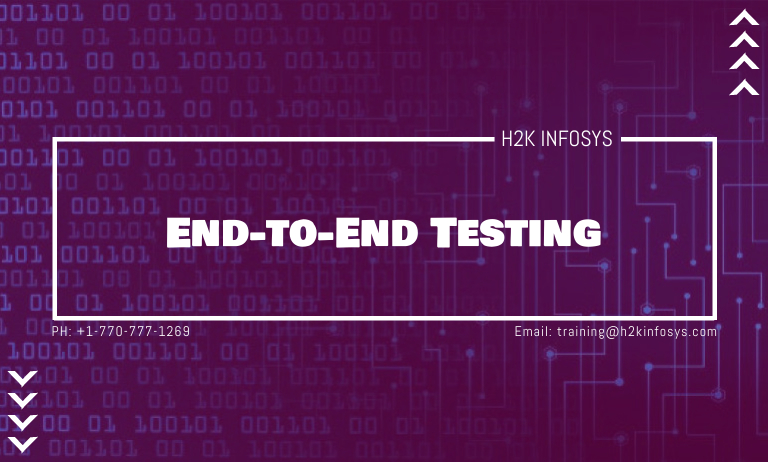




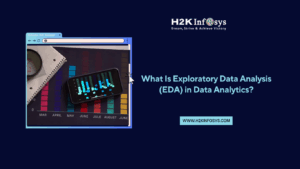














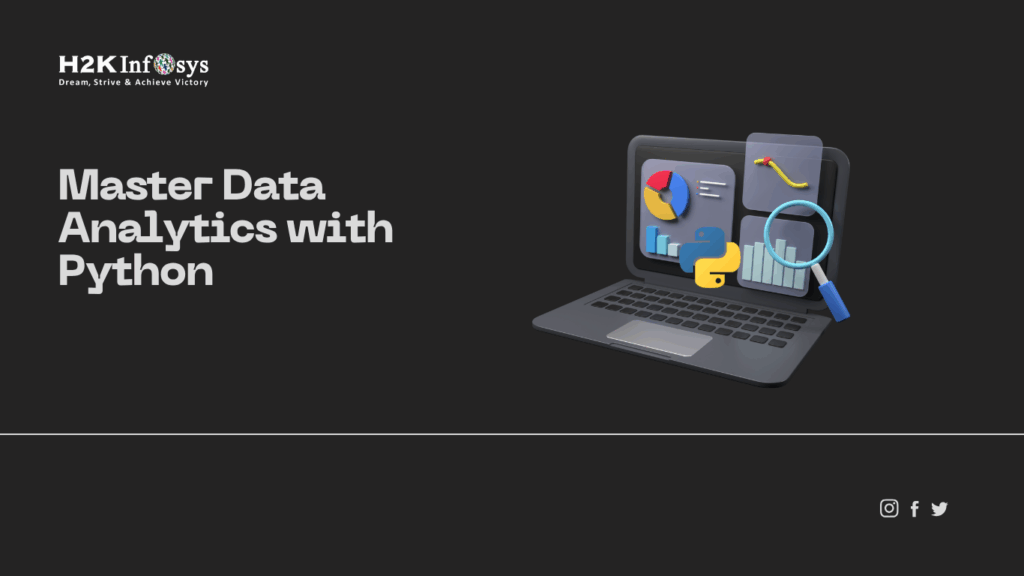
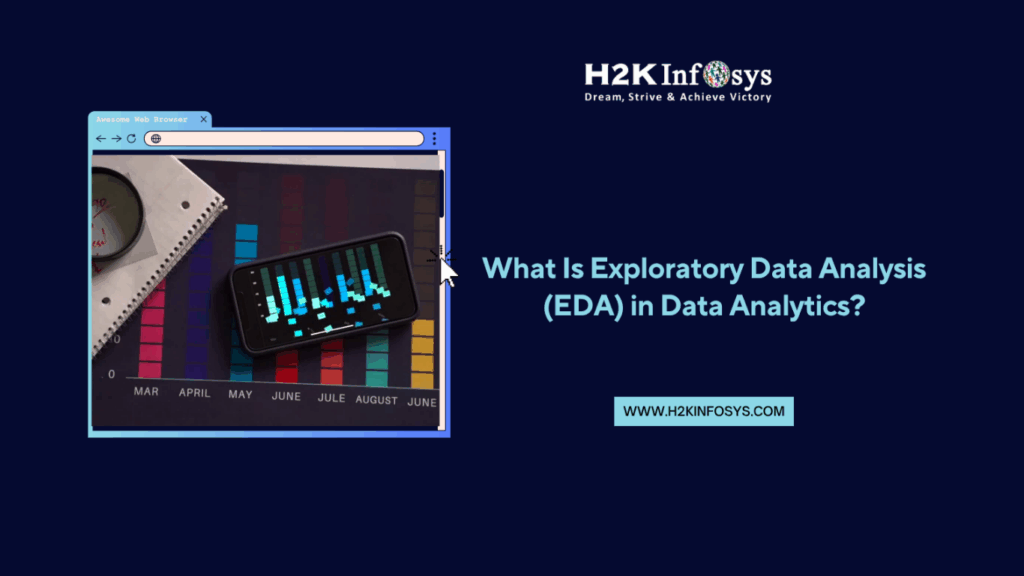


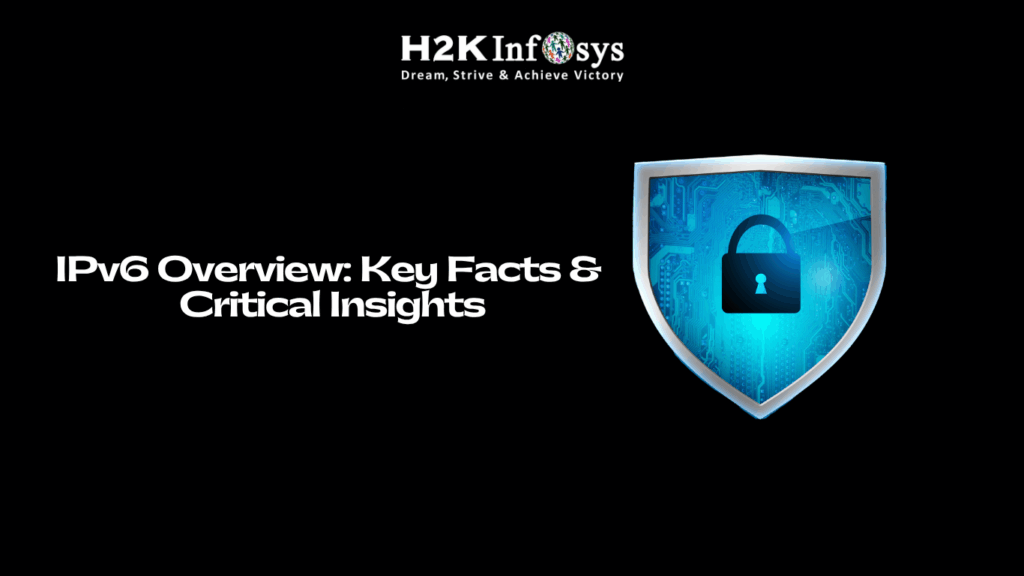


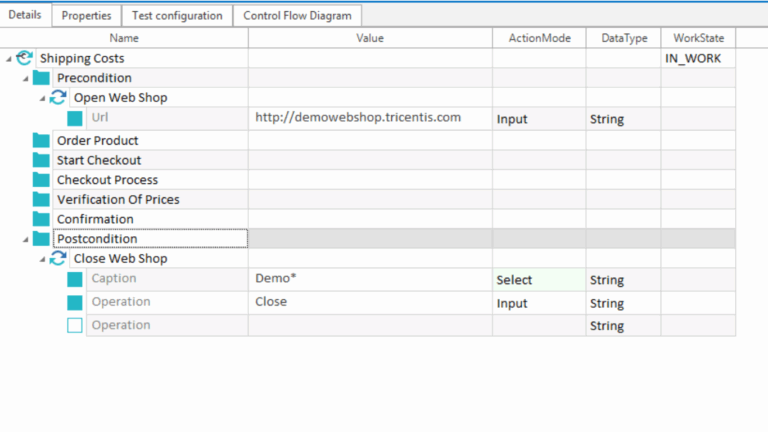


8 Responses
End to End Testing is used to test the overall functionality of the application that covers each and every flow in it. It verifies the whole system flow, recognize the issues and increase test coverage. It is regularly conducted on finished products and systems.
Metric software is important for end to end finish product.
After reading this article, I think this testing is one of the most important testing techniques for any commercial release of the software as it imitates the exact behavior of real-world users and helps save organizations from releasing faulty software to the public.
End-to-end testing is to test the entire software for dependencies, data integrity and communication with other systems, interfaces and databases to exercise the total production with the software system. End-end testing is regularly conducted on finished products and systems. if the system doesn’t give output what is expected or if a problem is found. The test team records and review the data to determine the issue’s origin then fix and re-test.
It is a sort of software testing type which validates entire software from starting to end along with its integration with external devices. The purpose of end-to-end testing is testing entire software for dependencies, data integrity and communication with other systems, interfaces and databases to exercise the total production with the software system. It also validates batch/data processing from other upstream/downstream systems. Therefore it is called end-to-end testing.
The benefits of end-end testing are:
It expands test coverage
It make sure the correctness of the application
Reduce time to market.
It reduces the cost
It detects bugs.
End to End Testing is used to test the overall functionality of the application that covers each and every flow in it. It verifies the whole system flow, recognize the issues and increase test coverage. It is regularly conducted on finished products and systems.
End to End Testing is used to test the overall functionality of the application that covers each and every flow in it. It verifies the whole system flow, recognize the issues and increase test coverage. It is regularly conducted on finished products and systems.
The benefits of end-end testing are:
It expands test coverage
It make sure the correctness of the application
Reduce time to market.
It reduces the cost
It detects bugs.
End-to-end testing is a technique used to test whether the flow of an application right from start to finish is behaving as expected. The purpose of performing end-to-end testing is to identify system dependencies and to ensure that the data integrity is maintained between various system components and systems.The entire application is tested for critical functionalities such as communicating with the other systems, interfaces, database, network, and other applications.